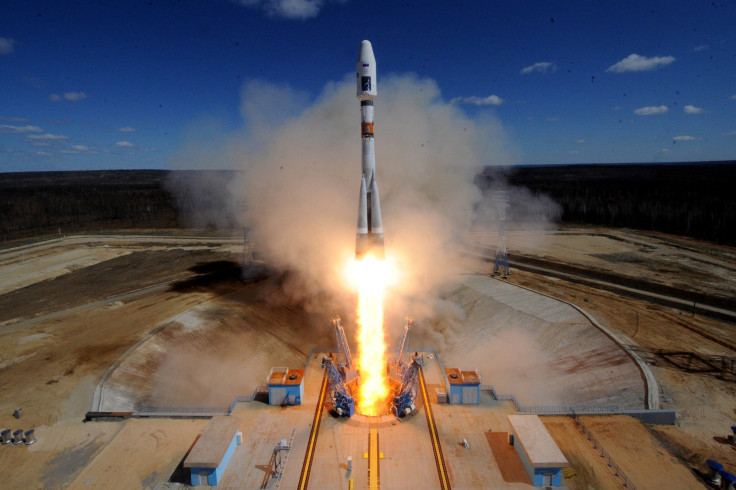Part Of Russian Rocket Makes Uncontrolled Reentry To Earth's Atmosphere
KEY POINTS
- The Russian rocket was launched on Dec. 27
- The booster was reportedly stranded in low-Earth orbit
- Authorities confirmed it reentered the Earth's atmosphere
Part of a Russian rocket that was launched in December has made an uncontrolled reentry into the Earth's atmosphere, authorities said.
The "out-of-control" piece of debris was the upper rocket stage of the Angara-A5 heavy-lift rocket that was launched from the Plesetsk spaceport in Russia on Dec. 27, CNN reported. Called the Persei booster, it is about 10 meters long and was carrying about 16 tons of propellant.
Persei was not intended to make an uncontrolled reentry, astronomer Jonathan McDowell of the Center for Astrophysics - Harvard & Smithsonian, told CNN. The problem began shortly after the launch when an engine malfunctioned and stranded Persei in low-Earth orbit, NBC News reported.
"It was meant to end up in an orbit where it would stay for many thousands of years. The rocket failed to restart," McDowell told CNN.
The U.S. Space Command, which had been tracking the debris' reentry, confirmed that the rocket part re-entered the Earth's atmosphere at 4.08 p.m. ET Wednesday over the South Pacific Ocean. It may, however, be impossible to determine exactly where it landed, CNN reported.
#18SPCS has confirmed the reentry of the IPM 3/PERSEY (#50505, 2021-133A) at 13:08 PDT on 5 Jan, 2022, over the Pacific Ocean. #spaceflightsafety
— 18th Space Defense Squadron (@18thSDS) January 5, 2022
The event is reminiscent of the uncontrolled reentry of the core stage of the Long March 5B that China used to launch the first module of its space station. The debris ended up plunging into the Indian Ocean but China was criticized for the mishap.
Typically, the "best international practice" for spent space debris is to make controlled reentries and fall to Earth's uninhabited areas. However, about 100 to 200 tons of space junk actually reenter the atmosphere in an uncontrolled manner every year, Holger Krag of the European Space Agency's (ESA) Space Debris Office was cited as saying by CNN.
While such events may sound rather alarming, satellites, rocket stages and other fragments actually enter the Earth's atmosphere each day, the ESA noted. These items usually burn up in the atmosphere and pose "only a marginal risk" to people, infrastructure and even aviation.
Although there are cases wherein large objects or ones with very high melting point materials end up reaching the ground, such events are said to be "rare." Furthermore, since 75% of the Earth is covered in water and much of the landmass is also uninhabited, the risk posed by such events is "several orders of magnitude smaller than commonly accepted risks faced in daily life." The agency noted that being struck by lightning is even 60,000 more likely to happen.
But the risk posed by such events is still "real and cannot be ignored," Krag said.
"(I)t is important to monitor the risk to the global population," the ESA noted, adding: "In the case of uncontrolled reentries, the reentry time window and impact footprint can be predicted and monitored."

© Copyright IBTimes 2024. All rights reserved.






















